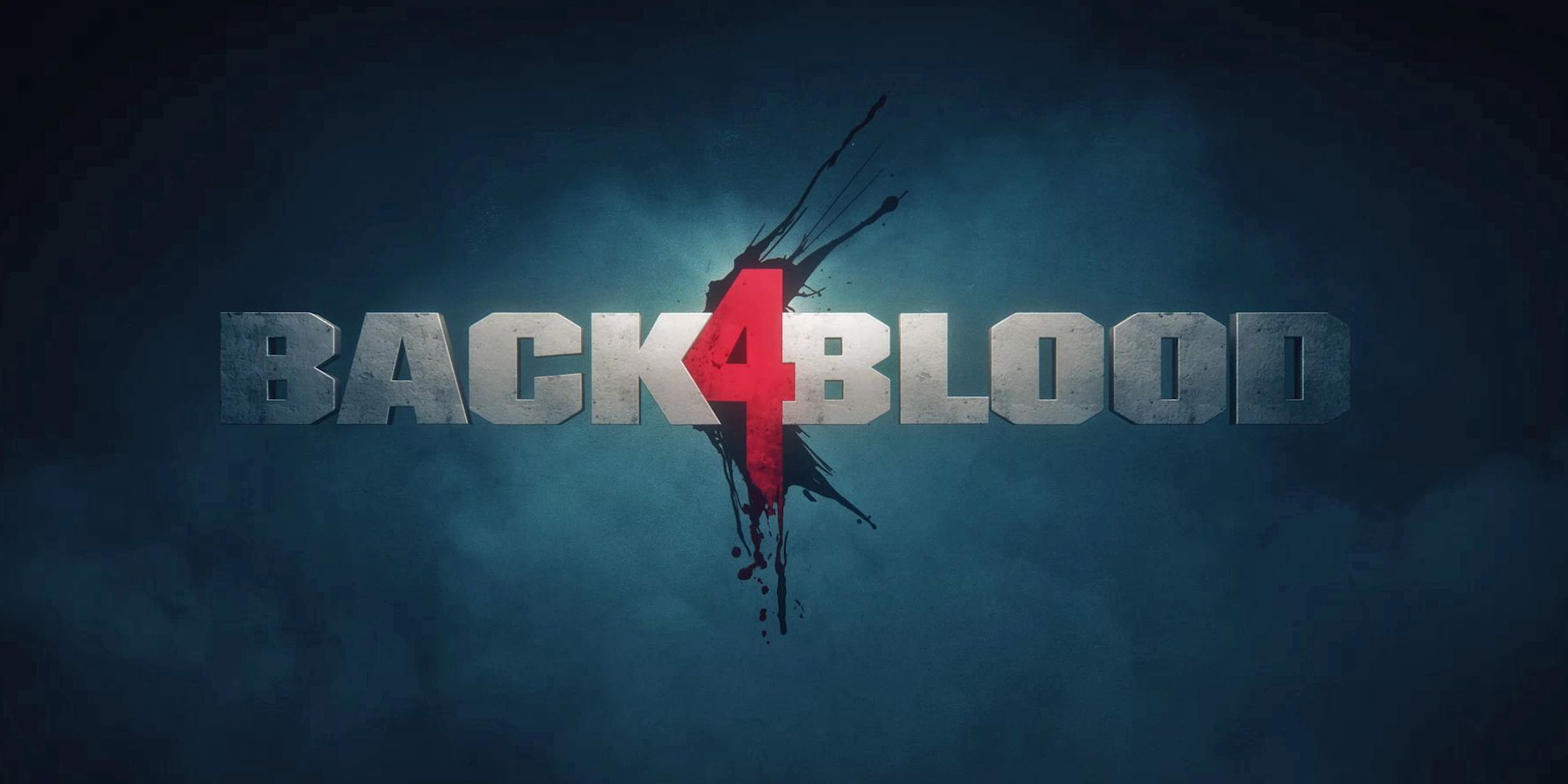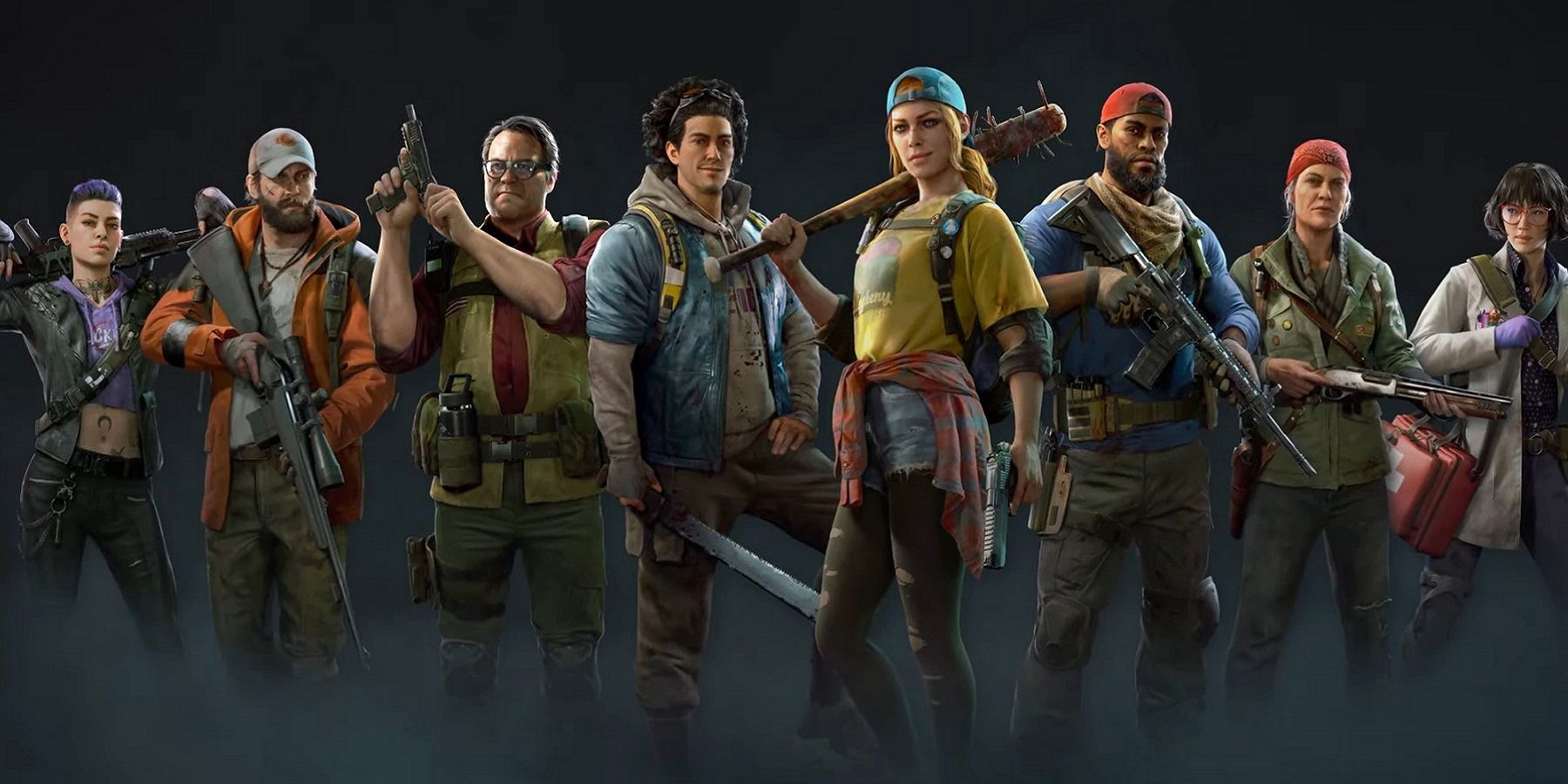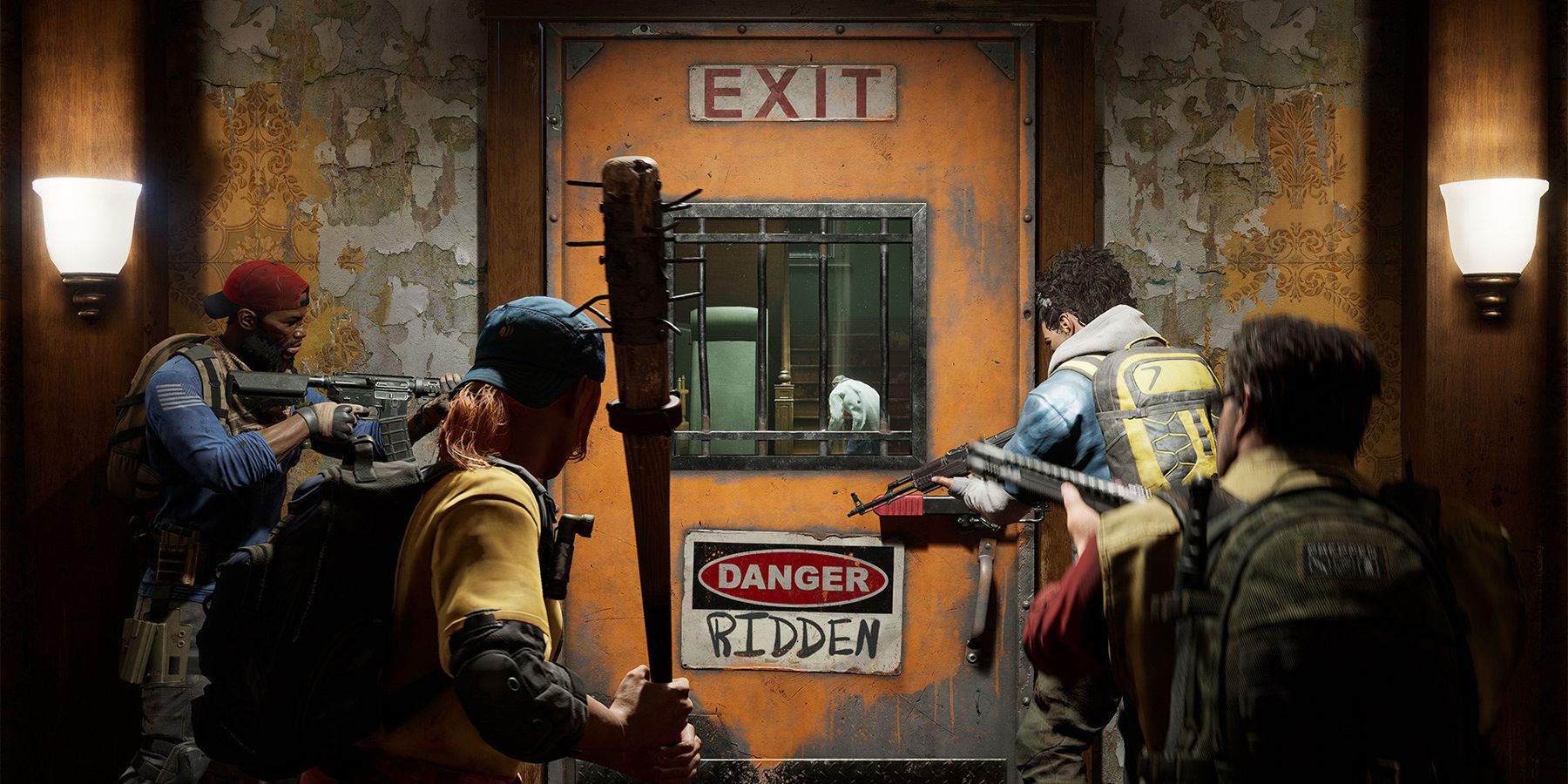Back 4 Blood almost immediately got comparisons to Left 4 Dead when it was announced. As a Turtle Rock Studios game, it’s easy to understand why. Both are focused on the fight against zombie-like enemies, and both excel at fun co-op gameplay. But even with all the familiar aspects of Left 4 Dead that players might find in Back 4 Blood, it’s also important to appreciate each game on its own.
This isn’t to say the encouraging people to pick up Back 4 Blood because of its similarities to the Left 4 Dead franchise is wrong, but focusing on these parts of the game can also limit interest in some of its best aspects. Back 4 Blood has taken what Left 4 Dead had established and used those solid foundations to build an entirely new player experience. Left 4 Dead was thrilling for its time, but better hardware has allowed Back 4 Blood to become a unique experience that shines on its own.
Corruption Cards
The card system is easily the biggest difference between Back 4 Blood and Left 4 Dead. Cards create a roguelike experience that keeps playthroughs fresh and rewarding by adding many modifiable elements to the game. The combination of both the players’ decks and the Director’s corruption cards can drastically change the visual environment or reward players for meeting certain criteria. While the difficulty can quickly be ramped up because of this, as the Director’s deck is designed to provide obstacles for players, the combinations of cards that teams use help make each run fun. As a major aspect of Back 4 Blood, cards offer a dynamic feeling to a genre that often relies on the same style of gameplay regardless of what titles players are used to.
The acquisition of cards in Back 4 Blood also helps to feed into the game’s roguelike aspects. Earning Supply Points through online missions helps players complete the supply chains available and earn additional cards. This progression system offers replay value as players work to get specific decks and test different deck builds against Back 4 Blood’s harder difficulties, keeping player engagement beyond just the traditional story elements.
Even so, these evolving decks won’t fit every situation and the joint effort that needs to be put in by the team plays a major part in maintaining the roguelike aspects of Back 4 Blood. While playing with random people online isn’t ideal, getting a party together where each player’s deck compliments the others can help set the tone of a run. Even in the face of thick fog and ferocious Ridden modifiers, having an organized group of Cleaners with different sets of Back 4 Blood's cards can make these hurdles an exciting experience.
Back 4 Blood Weapons
There's a lot to love about Back 4 Blood, but on top of the deck system, it also takes weapons a step farther than Left 4 Dead did. Instead of the straightforward tier weapons that Left 4 Dead uses, the different weapon attachments and items available from the shop work to compliment Back 4 Blood’s roguelike aspects while also delivering different ways to play. Shotguns, sniper rifles, handguns, and melee weapons all have their place and even work with certain cards to create an experience that can differ from player to player.
The shop and its Copper currency work off player choice, and the ability to adjust their loadout as well as needed supplies before the beginning of each section. It might not seem like much, but these moments help to define each players' approach within the different acts of Back 4 Blood and also offer an opportunity for teams to strategize. Not everyone will need a Tool Kit, and it probably isn’t necessary for each person to have a defibrillator, but by evaluating what items would benefit the team the most, players can work to find solutions to some of the obstacles the Director has set up.
If a gun isn’t cutting it, or players weren’t able to scavenge a desired weapon from the previous section, the shop can provide alternative options. Using the shop like this and looking for specific weapons can be great for Back 4 Blood beginners. It helps get a feel for a game and reinforces one of the greatest assets the game has compared to Left 4 Dead. There’s nothing wrong with seeing Back 4 Blood as a continuation of Left 4 Dead’s legacy, but the game should also be appreciated for all that it is doing on its own.
Back 4 Blood is available now for PC, PS4, PS5, Xbox One, and Xbox Series X/S.






